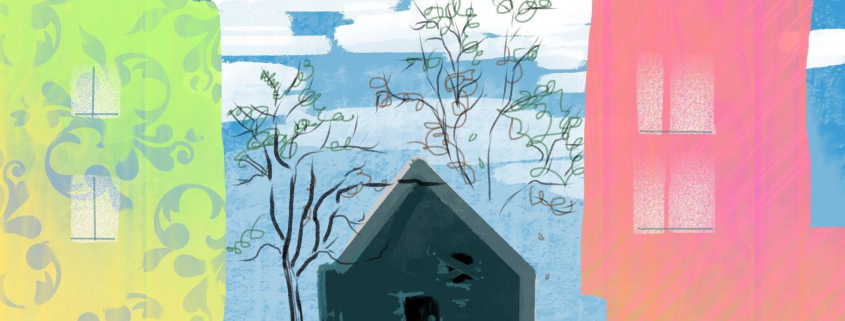Increasing student population expedites gentrification

USC began construction of USC Village in 2014 amid tensions between local South Central residents and students who looked to secure housing. USC Village is the University’s, as well as one of South Central’s largest development, at $650 million. Its new dorms and the $20 million that USC provided to an affordable housing fund run by the city of Los Angeles pointed toward a future where South Central residents would no longer have to compete with students for housing.
That was in 2014. As a local resident myself, USC’s efforts were not nearly enough to stop gentrification in my neighborhood.
Although the University hasn’t constructed any significant structures since the remodeling of USC Village, its choice to expand the student population each year has led to the school playing an indirect role in the gentrification of South Central, in addition to their more direct approaches.
USC’s total undergraduate and graduate student population for the 2011-2012 school year was 38,010. As of last year, that total increased to 46,107. The last time the school expanded its housing was in 2017, when construction of the remodeled USC Village, with new stores, restaurants and dorms, ended. Increases in the student population, without an equal or significant increase in available University housing, has led to gentrification ravaging the neighborhood even quicker.
USC housing can only accommodate about 9,000 students in their dorms, which means more than 35,000 students must look for housing outside of the school. Additionally, only freshmen and sophomores are guaranteed a place to stay within the housing system. Developers and landlords know students are willing and capable to pay more for less space, so they are incentivized to cater to the student population, rather than the South Central families who have lived here for years.
According to a 2017 study from the Equality of Opportunity Project, the median family income of a USC student is $161,400. According to the 2017 census, the median income in the University’s 90007 zip code was $23,070. It is clear that the average USC student has more buying power than most families in the area. Is it then fair to pit us against one another?
When I was a kid, none of the houses on my street leased to students. Now, whenever I see a house remodeled or a new apartment being built, it is almost always adorned with a sign that read, “Now leasing to students.” My neighbors and their families were forced to relocate as new apartment buildings were constructed for USC students. Soon enough, people outside of my community moved in. First Choice Housing, who leases their properties to USC students, charges almost triple my rent price for houses that are about the same size. They aren’t the only ones who do this. Tripalink and other entities, such as Tuscany and Icon Plaza Apartments, also charge similar rent prices. The South Central community can’t compete, and they shouldn’t have to.
When the University simultaneously funds community programs but also increases its student population year by year thus making housing in the community less attainable, what’s its goal? Whenever USC voice their commitment to South Central, its words fall flat on the ears of the community because we have seen the school beautify itself and the neighborhood. But we experience those changes only from the sidelines because those nice things are not meant for South Central. If the school wants to help the community, they must do so holistically and not in ways where they simultaneously harm the community.
Did the $20 million donation to the city’s housing fund bandage the gaping $650 million wound that USC Village created? Tripalink and others continue to build more apartments on our streets.
USC can address this issue by working closer with off-campus housing developers to ensure their developments do not displace local residents and that their rent reflects the income in the neighborhood. They must also accept and incorporate more of South Central residents into the student body. In 2021 the University said that, “almost 200 of USC’s newly enrolled students earned their diplomas from the Los Angeles Unified School District” which incorporates schools within South Central and East Los Angeles. That means that only about 6% of freshmen in the 2021-2022 school year were from local communities.
USC fails to show any commitment to the South Central community. No matter how many community initiatives the University starts or attempts to diversify the campus demographics every year, USC continues to play one of the biggest roles in the gentrification of South Central. What makes this issue particularly aggravating is that USC has the resources to make the school a part of South Central, instead of an obstruction to the community.
The question remains: Considering USC’s extensive record as a gentrifier, will it ever do more than make empty promises to enact change?

